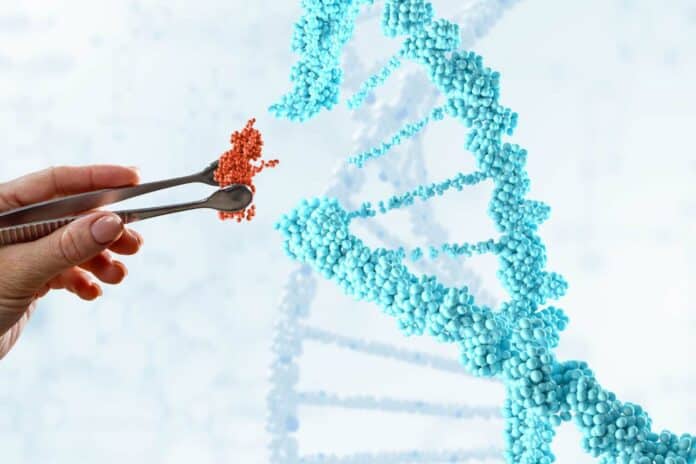Exploring unusual RNA forms linked to brain aggregates in ALS patients may open new treatment possibilities. ALS is a motor neuron disease causing nerve cell degeneration in the spinal cord and brain. Neurodegenerative diseases, such as ALS, dementia, and Alzheimer’s, are the UK’s leading causes of death, and currently, there are no cures.
In diseases like ALS, solid brain aggregates are a crucial issue, usually linked to specific proteins. Despite efforts to break these aggregates with drugs, there’s been a slight improvement in symptoms. Researchers led by Dr. Marco Di Antonio at Imperial College London have explored a different cause for these aggregates—unusual forms of RNA. This discovery suggests a new approach to developing drugs targeting these RNA structures, offering potential insights for similar issues in related neurodegenerative diseases. The study is published in Nature Communications.
First author Federica Raguseo, who undertook the research for her Ph.D. in the Department of Chemistry at Imperial, said: “For more than 20 years, we have looked at protein aggregations as the cause of neurodegenerative diseases, but the poor performance of many candidate drugs suggests we might be missing something: that aggregates may be a symptom, rather than a cause. Looking at the causes of the aggregates may lead us to the causes of the symptoms themselves, which could help us find new ways to tackle these debilitating diseases.”
Imperial researchers found a protein promoting a unique DNA structure (mG4) that condenses cell DNA strands. Now, they’re exploring RNA condensation in the mutated C9orf72 gene linked to ALS. Studying C9orf72 RNA, they uncovered that ALS-related RNA expansions create mG4s, forming networks leading to solid aggregates.
These structures can aggregate without proteins, potentially providing a foundation for protein aggregation. Testing this, they observed that proteins were more likely to aggregate with mG4 networks, highlighting the potential for new ways to address ALS and related diseases. The findings were published in Nature Communications.
After conducting lab tests, the team examined spinal motor neurons in ALS patients to check for mG4 aggregation. As anticipated, the tests revealed accumulations of G4s within aggregates in these neurons, primarily affected in ALS. The researchers now aim to explore the link between mG4s and protein aggregates in more realistic settings to understand if the cellular environment influences the process and if there are ways to prevent mG4 aggregation in such conditions.
Lead researcher Dr Marco Di Antonio, from the Department of Chemistry at Imperial, said: “What we have found is not the definitive answer to the puzzle, but we have shown that these unusual RNA structures likely contribute to the formation of aggregates in ALS. This offers an alternative pathway for aggregate formation, which should also be looked at in other neurodegenerative diseases. New therapies are desperately needed for these diseases, and drugs based on disrupting the accumulation of mG4s and other unusual RNA structures could play a key role in the future.”
In conclusion, this study sheds light on the potential significance of unusual RNA structures as promising targets for developing novel Amyotrophic Lateral Sclerosis (ALS) treatments. By identifying and understanding these atypical RNA configurations, researchers may pave the way for innovative therapeutic interventions that address the underlying mechanisms of ALS and contribute to advancements in neurodegenerative disease treatment.
Further investigations into these RNA structures’ specific interactions and regulatory roles hold promise for advancing our understanding of ALS pathogenesis and ultimately improving patient outcomes.
Journal reference:
- Raguseo, F., Wang, Y., Li, J. et al. The ALS/FTD-related C9orf72 hexanucleotide repeat expansion forms RNA condensates through multimolecular G-quadruplexes. Nature Communications. DOI: 10.1038/s41467-023-43872-1.
